Food additives have become a ubiquitous part of the modern diet, often used to enhance flavor, appearance, or shelf-life of various food products. While these additives serve practical purposes in food production, growing concerns surround their potential health impacts. This post delves into some common food additives, shedding light on why they might be best avoided. From artificial sweeteners to preservatives, understanding these ingredients is crucial for making informed dietary choices.
Contents
Artificial Sweeteners: Aspartame, Sucralose
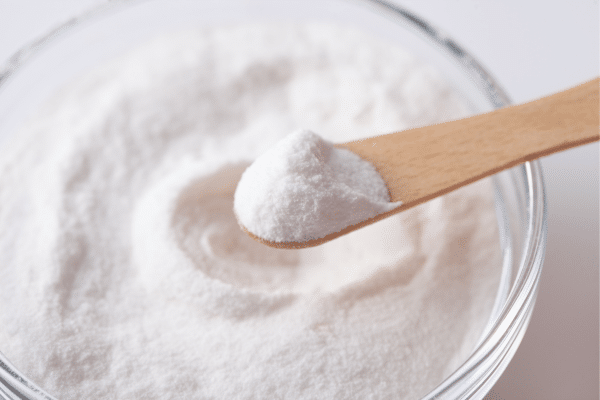
Artificial sweeteners like aspartame and sucralose are prevalent in diet sodas and low-calorie products. Despite their role in reducing sugar intake, these sweeteners have been scrutinized for their potential health implications. Studies have suggested links to metabolic disorders, with some showing a paradoxical effect on weight gain and appetite regulation. Furthermore, neurological symptoms, such as headaches and mood alterations, have been associated with these substances, raising questions about their long-term safety.
The debate over aspartame and sucralose is not just about their caloric content but their impact on bodily functions. Some research points to a disruption in gut microbiota and insulin sensitivity, fueling concerns about their role in diabetes and gut health. Additionally, the psychological effects of consuming ‘sweet’ foods without the calorie content can influence eating patterns and overall diet quality. These findings suggest a need for cautious use of artificial sweeteners, particularly among sensitive populations.
High Fructose Corn Syrup (HFCS)
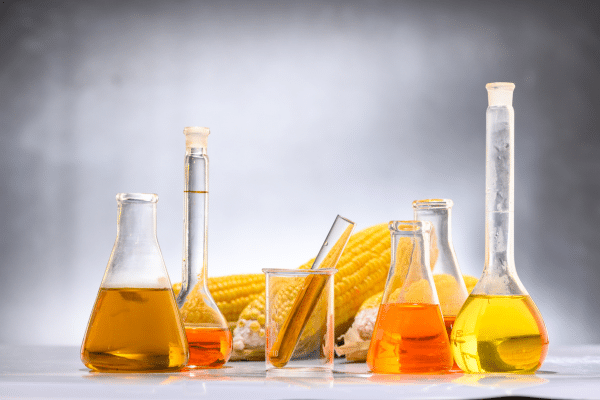
High Fructose Corn Syrup, a common sweetener in sodas and processed foods, presents significant health concerns. Unlike natural sugars, HFCS has a unique composition that the body processes differently, potentially leading to obesity and type 2 diabetes. It’s linked to increased appetite, weight gain, and fat deposition, especially in the liver. This has major implications for metabolic health, contributing to the growing epidemic of obesity and related diseases.
Further research into HFCS underscores its long-term health effects. Regular consumption can lead to liver damage, a condition akin to the effects of excessive alcohol intake. It also plays a role in developing insulin resistance, a precursor to diabetes. These findings highlight the importance of moderating HFCS intake, especially given its widespread presence in the standard diet. Consumers are urged to be vigilant about reading labels and choosing products with natural sweeteners where possible.
Monosodium Glutamate (MSG)

Monosodium Glutamate, commonly known as MSG, is a flavor enhancer widely used in processed foods and Asian cuisines. Its usage has sparked debate due to reported symptoms like headaches and allergic reactions. Although many studies have failed to conclusively link MSG to these adverse effects, the compound continues to be a topic of contention. Individuals sensitive to MSG report symptoms that range from mild discomfort to severe headaches, leading some to avoid it altogether.
Despite the controversy, scientific consensus currently suggests that MSG is safe for the general population when consumed in moderate amounts. However, this does not dismiss the experiences of those who report sensitivity to the additive. For these individuals, avoiding MSG is a practical choice for maintaining their well-being. The ongoing research into MSG’s effects underscores the complexity of food additives and their varying impacts on different individuals.
Trans Fats: Partially Hydrogenated Oils
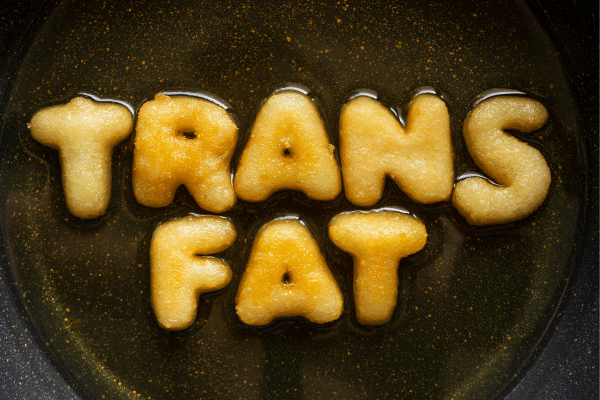
Trans fats, particularly found in partially hydrogenated oils, are notorious for their adverse effects on heart health. These fats, often used in baked goods and fried foods, raise bad cholesterol levels while lowering good cholesterol, significantly increasing the risk of heart disease. The FDA has recognized these dangers, leading to a gradual phase-out in the food industry. Despite this, trans fats still lurk in many processed foods, making label reading essential for health-conscious consumers.
The impact of trans fats extends beyond cholesterol concerns. Studies have linked their consumption to increased inflammation and endothelial dysfunction, which are precursors to heart disease and stroke. This reinforces the importance of a diet low in trans fats for maintaining cardiovascular health. Consumers are advised to opt for natural, unprocessed fats and oils, a shift that can have a profound impact on long-term health.
Sodium Nitrate/Nitrite In Processed Meats
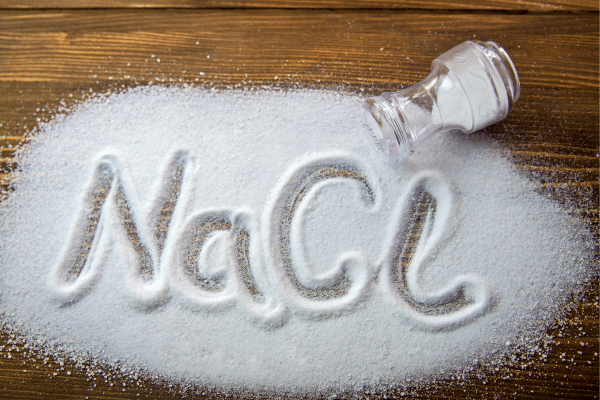
Sodium nitrate and nitrite, commonly used in preserving processed meats like bacon and hot dogs, have raised health concerns due to their potential to form harmful compounds in the body. These additives can convert into nitrosamines, especially when exposed to high heat, which have been linked to an increased risk of cancer. The most notable concern is an association with colorectal cancer, as highlighted in several epidemiological studies.
Understanding the risks associated with these additives is crucial for making informed dietary choices. While occasional consumption of processed meats may pose minimal risk, regular intake is best minimized. This is particularly important for individuals with a family history of cancer or other risk factors. Opting for fresh, unprocessed meats or plant-based alternatives can be a healthier choice for long-term well-being.
Artificial Colorings: Red 40, Yellow 5, And Others
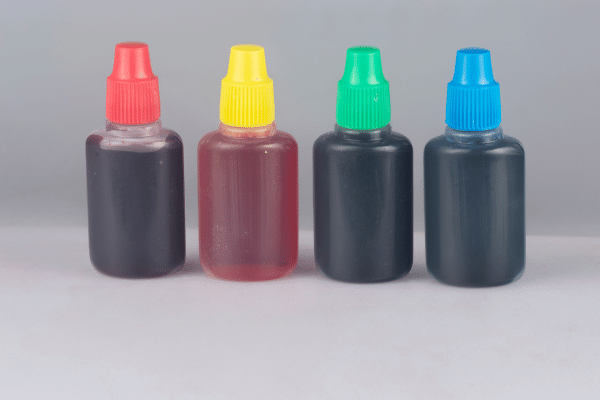
Synthetic dyes, such as Red 40 and Yellow 5, are widely used in the food industry to enhance the appearance of products. However, these artificial colorings have been at the center of controversy, with some studies suggesting a link to behavioral issues in children and potential carcinogenic effects. The safety assessments and regulatory status of these dyes vary across countries, reflecting ongoing debates about their health implications.
The use of artificial colorings raises questions about the necessity of such additives in food, especially when natural alternatives exist. Parents, in particular, have expressed concerns about the impact of these dyes on children’s health and behavior. As research continues to evaluate the safety of these additives, consumers are encouraged to seek out products with natural colorings and to be mindful of the potential effects of synthetic dyes.
Preservatives: BHA And BHT
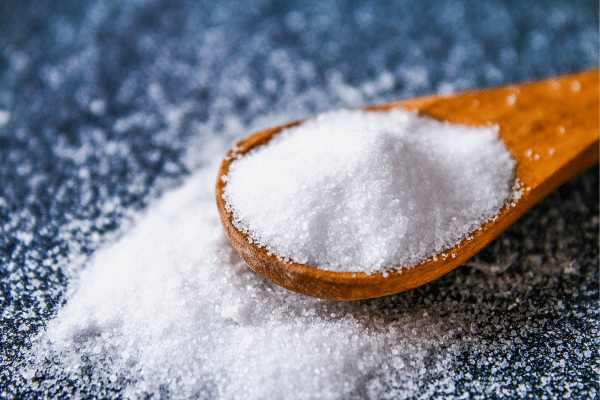
Butylated hydroxyanisole (BHA) and butylated hydroxytoluene (BHT) are preservatives that prevent food spoilage and rancidity, commonly found in packaged foods. While they play a significant role in extending shelf life, these preservatives have been scrutinized for their potential health risks. Some studies suggest a link between these compounds and cancer, though findings remain inconclusive. The debate over their safety continues, with some calling for more rigorous testing and regulatory review.
The presence of BHA and BHT in a wide array of products highlights the challenge consumers face in avoiding these additives. While they are generally recognized as safe in small quantities, the cumulative effect of consuming multiple products containing these chemicals is not well understood. This underscores the importance of a diet focused on fresh, minimally processed foods, which naturally reduces exposure to such preservatives.
The Bottom Line
In conclusion, understanding common food additives and their potential health impacts is essential for making informed dietary choices. While some additives like trans fats and artificial sweeteners have clear risks, others like MSG and preservatives remain subjects of debate. Moderation and awareness are key, as is the willingness to read labels and seek natural alternatives. Ultimately, the goal isn’t to instill fear but to empower consumers with knowledge, enabling healthier choices in a world brimming with processed foods.


